Medical Back Problems without spinal cord involvement represent 1 in 6 work injuries and more than a 1/4 of all workers’ comp loss dollars. A new Injury Score Card provides detailed data on claims these medical back claims.


Medical Back Problems without spinal cord involvement represent 1 in 6 work injuries and more than a 1/4 of all workers’ comp loss dollars. A new Injury Score Card provides detailed data on claims these medical back claims.
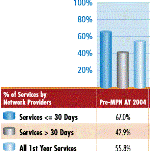
Use of medical networks in California workers’ compensation continues to grow, with new CWCI data showing that in AY 2009, network providers accounted for three-quarters of 1st year physician-based treatment and nearly 2/3 of the total paid for such services. The full study is in the Research section.

A new CWCI analysis of Calif. private self-insured employers’ paid and incurred loss data compiled by the state over the past decade finds that private self-insured claims experience closely tracks the experience of the insured market, with losses rising steadily from the late 1990s until the enactment of the 2002-04 reforms, after which they registered a sharp, but short-lived decline.
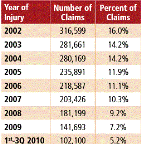
CWCI’s latest update on California workers’ compensation medical expenses shows that average amounts paid per claim continue to rise, as average payments for treatment, pharmaceuticals and DME, medical management and cost containment, and medical-legal fees all continue to trend up, though early results for AY 2010 claims suggest the rate of medical inflation may have slowed.
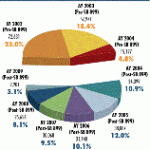
New CWCI data on California workers’ comp TD claim experience since the enactment of 2004 reforms shows that average TD payments and paid TD days have increased in recent years, with average TD paid 12 months after the initial payment on AY 2009 claims nearly matching the pre-reform level noted in AY 2004, while the average paid at 24 months on AY 2008 claims exceeding the pre-reform high.
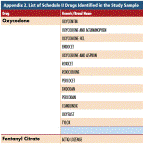
A CWCI Research Spotlight Report on the use of fentanyl – the most potent Schedule II opioid – in California workers’ comp finds that more than 1 out of every 5 injured workers who are prescribed Schedule II opioids receive fentanyl, while more than a quarter of all claimants with non-surgical medical back problems who are prescribed Schedule II opioids receive fentanyl.
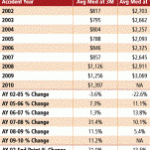
A new CWCI Research Update reveals that average medical expenditures on California work injury claims continue to climb, with medical treatment, prescription/durable medical equipment (DME), medical management/cost containment and med-legal payments all trending up.
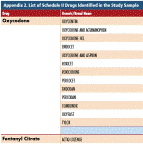
A new CWCI study on prescribing patterns for Schedule II Opioids in California workers’ compensation finds that a relatively small percentage of medical providers account for the vast majority of these narcotic prescriptions and the associated payments, and that more than half of the prescriptions are for minor back injury claims.

California public self-insured losses continued to mount last year, despite declining claim volume, as claim severity (average loss per claim) increased for the fourth year in a row.

A CWCI study finds that most injured worker prescriptions in California are in the Medi-Cal fee schedule database that sets maximum reasonable pharmacy fees and helps control workers’ comp costs, suggesting that other factors such as an increase in the number of scripts/claim, increases in Average Wholesale Prices used to calculate pharmacy fees, a shift toward more expensive drugs, and PBM contract rates and payments that exceed fee schedule allowances, may be responsible for recent growth in prescription drug costs.